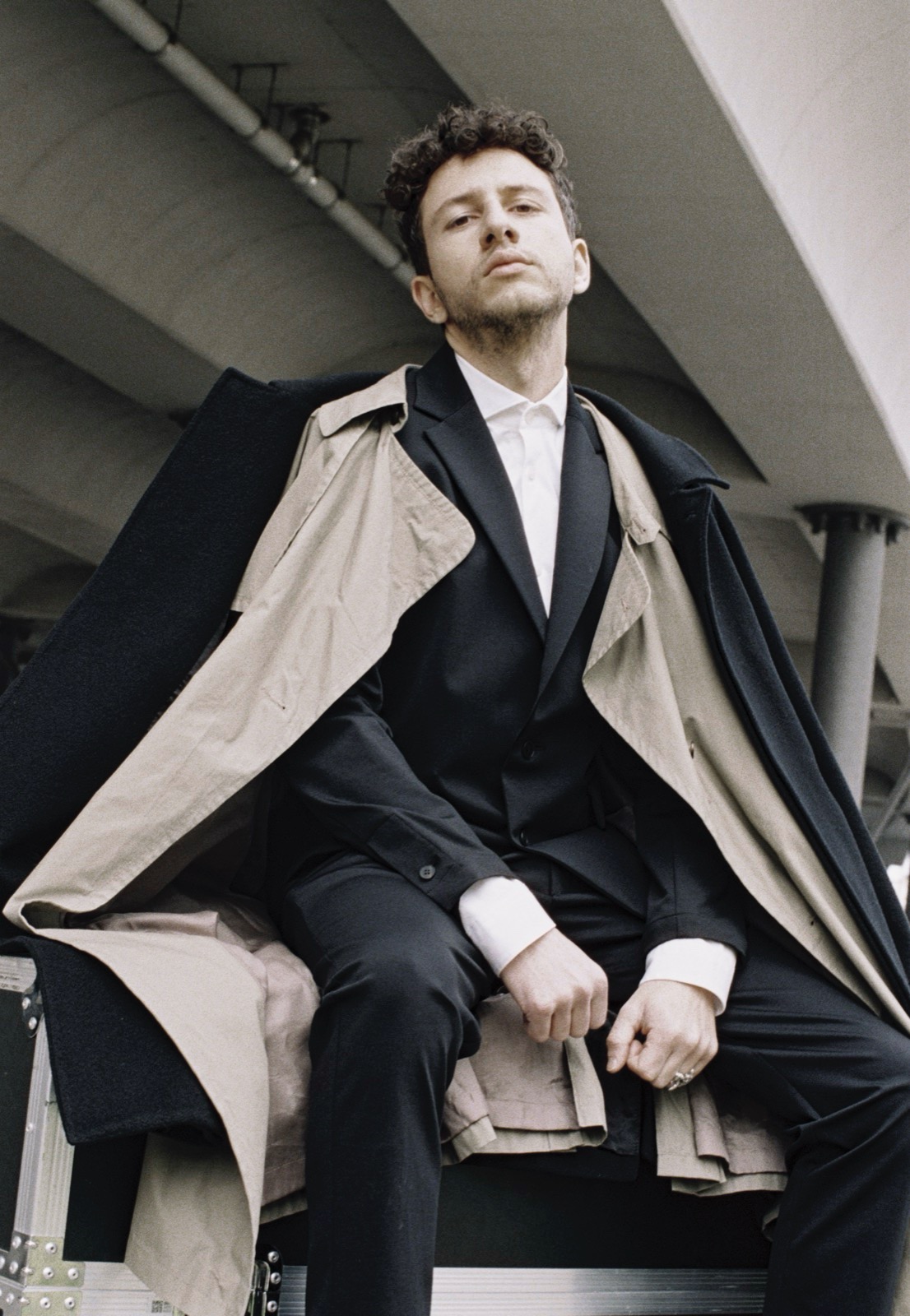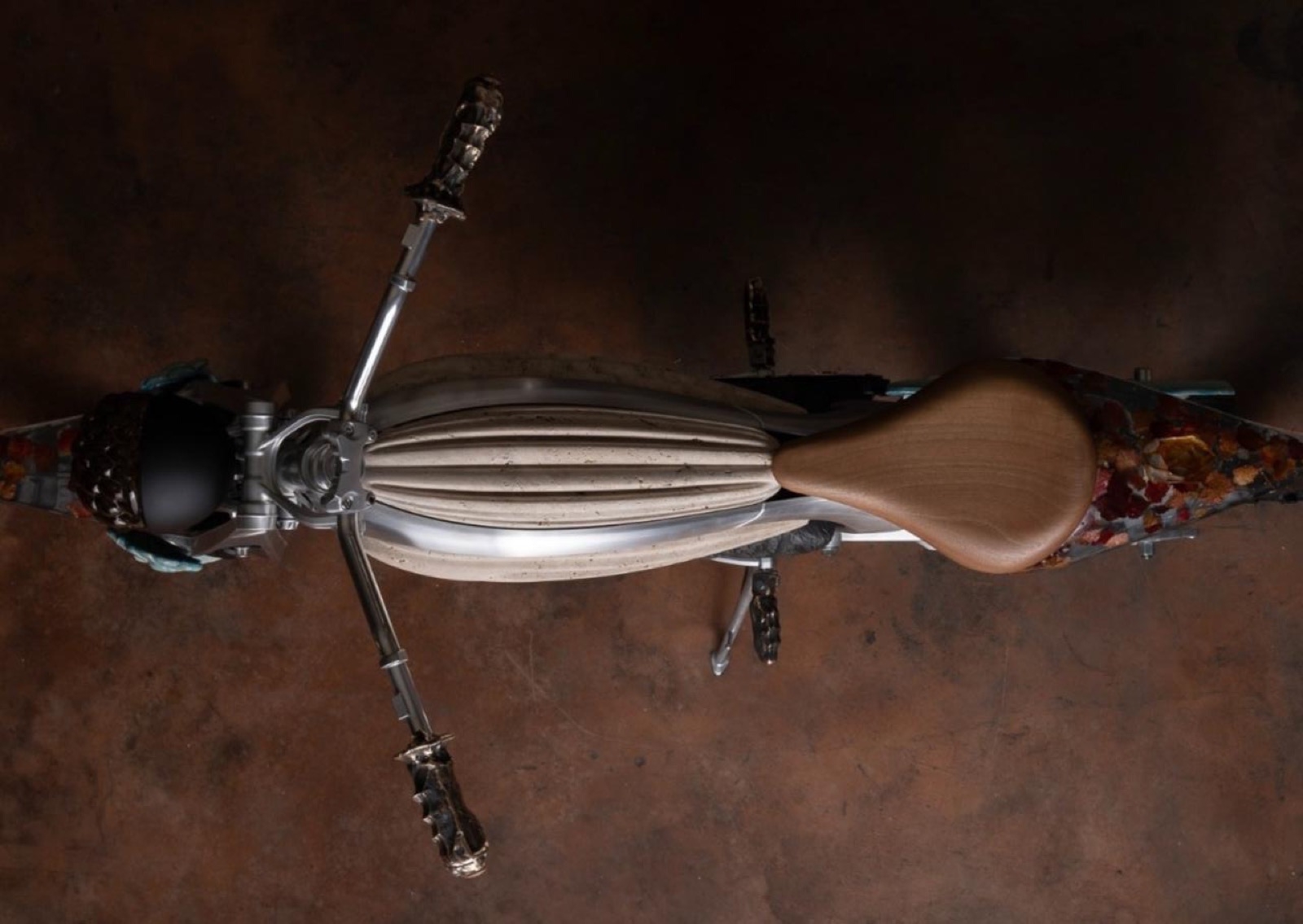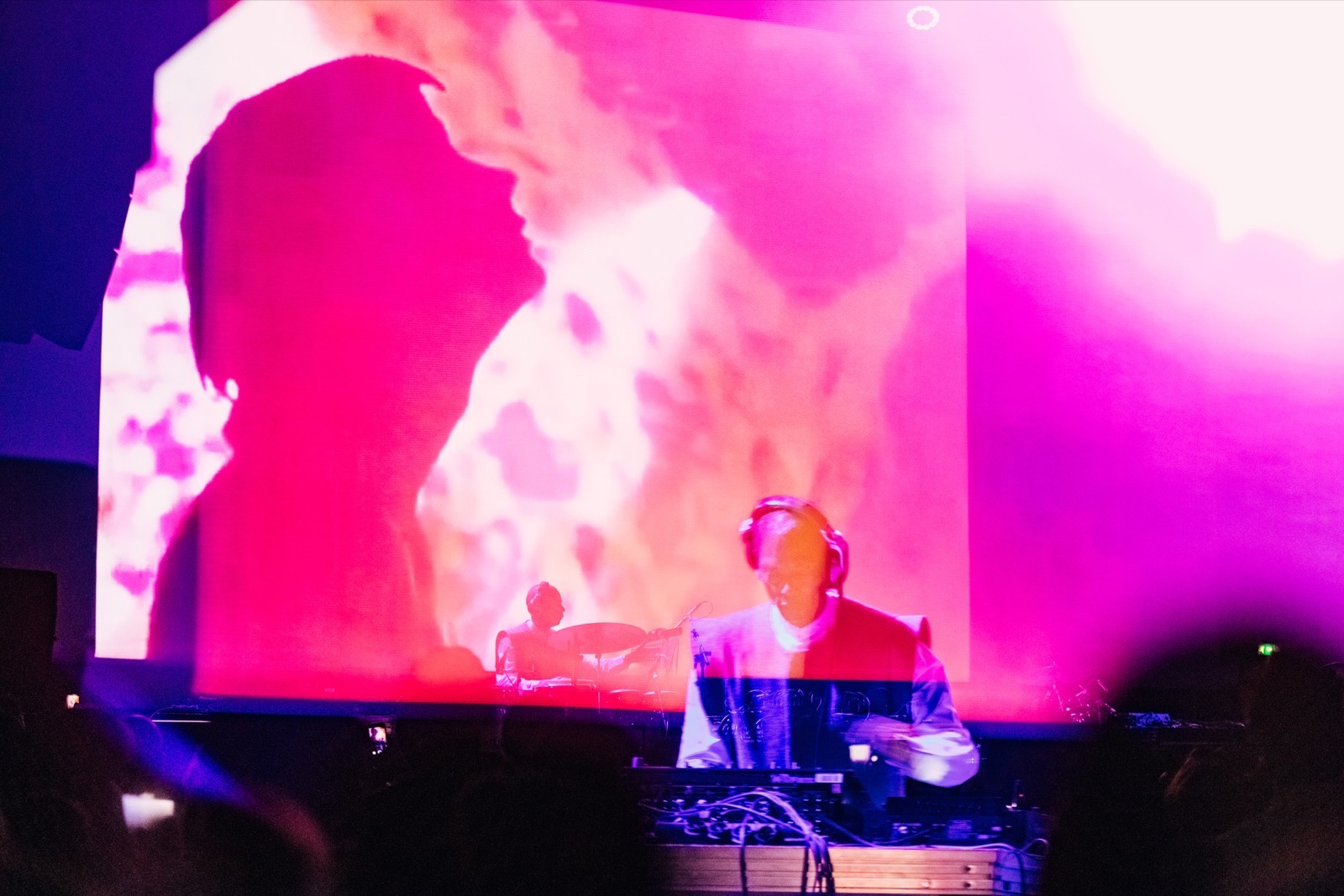You grew up in the outskirts of Berlin, a city that has become a global symbol of contemporary electronic music. Looking back at your childhood, what were the first musical and cultural influences that struck you, and that you now recognise as essential in shaping your artistic sensibility? Are there any particular memories connected to your family, friends, or the community you grew up in that you feel left a lasting mark on the way you perceive music and art?
One of my first memories of music as a kid would probably be listening to old Lebanese cassette tapes in the back of my dad’s car. Not sure if this had any lasting impact but I can vividly remember the affection I had to those rhythms, especially in the Dabke tapes. Years later I found that same excitement in the rhythmic elements of drum & bass and the repetitive nature of techno.
Before arriving at techno, you were involved in the drum & bass scene — a world with a very different structure, energy, and aesthetic. What drew you to that scene, and which elements — whether rhythmic, emotional, or cultural — did you carry with you when you transitioned to techno, making them part of your current artistic language?
On my first visit to a club around 2010 they had a drum & bass floor which just blew me away. I had never heard about that kind of music and to discover it on a soundsystem for the first time was just pure joy. I couldn’t get enough of these fast, bass-heavy rhythms. Once I figured out what the genre was called I just started collecting tracks digitally, predominantly through questionable torrents at first. That was basically my starting point as a DJ — collecting those tracks and imagining playing them out in a club just like I had seen them do it.
It didn’t take long after that to discover the record stores in the city. Especially at Hard Wax you could find a distinctive collection of reduced drum & bass and techno hybrids that would eventually shift me more and more towards techno with a similar sound aesthetic. The sheer quality and impact of those productions still inspire me to this day.
Before establishing yourself as a DJ and producer, you frequently visited one of the most iconic spaces for global electronic culture: Hard Wax. Now you work there. What are your most vivid memories from that experience? How did it shape your musical research, influence your vinyl collection, and enrich your approach to music selection? Do you feel the curatorial philosophy of Hard Wax gave you a deeper understanding of the DJ’s role — transforming it from that of a simple selector into a custodian of cultural heritage?
Discovering Hard Wax as a 16-year-old right at the start of collecting music was a true blessing. You could feel the place had history and a very special selection of records. Sometimes I found myself listening to stuff that I didn’t understand yet but knew this would be something important for me in the future. The store selection is sorted by labels, which taught you the importance of labels as a home for a specific sound signature. Because of that you are also not distracted by genre sections and are encouraged to broaden your horizon listening to unfamiliar music. Coupled with the admiration of the staff’s knowledge you kind of felt the need to bring proper records to the checkout. It definitely showed how you could earn respect through your selection of music as well as a producer if your record would be praised by the store’s infamous one-liners.
Your first time at Berghain was as a guest. When you think back to that moment, what sensations come to mind? What was the atmosphere like, what struck you about the music, the crowd, and the energy in the room? And how did that experience alter your perception of electronic music, making you see it not only as entertainment but also as a powerful form of cultural and collective expression?
Berghain felt and still feels like the perfect way of how techno should be presented. The architecture, sound, light and crowd are all connected through the music. Nobody gives a fuck how you look and people just enjoy themselves without the need to show off. I just knew that’s where I want to play and belong.
It definitely shaped the way I see club nights in general. A good party is not about the individual artists. A good party is a team effort that combines the work of the bouncers at the door, box office, coat check, bar staff, runners, sound and light technicians, night managers, awareness, security, cleaners, drivers and of course all the people behind the scenes running the booking office, logistics and more. There is no room for ego — especially not for artists. As a DJ you’re a part of that production team. If everything locks in and everyone works together on eye level, that’s how you create the space for a good party.
Today, you are a Berghain resident — a milestone many DJs consider almost mythical, especially at your age. How do you handle this responsibility, knowing it’s not only about “playing well” but also about helping to preserve a sonic and cultural tradition that has shaped the global scene? How do you balance your creative freedom with the strong identity and expectations of such a renowned institution?
Whenever I prepare for Berghain, I find myself in the same headspace as playing there for the first time. I always put in some extra work digging through new releases while making sure to incorporate any forgotten classics or tracks with meaning into my sets — often showcasing artists from a certain era and cities with a distinctive sound. When it comes to creative freedom, I never felt the need to hold back. There are always brackets to go weird, soft, hard, deep… everything is possible.
You are also a resident at Open Ground and even played their first test event upon opening in 2023. How does it feel to play at a newly built club whose legacy is being developed just now?
When I started to get into electronic music, all of the club institutions had already solidified their legacies over the course of 20+ years. With Open Ground it’s first of all an incredible honour to witness the birth of something truly special from the very beginning — even being shown around the late-stage construction site before everything was done. I always imagined what that feeling must have been like before the doors to all these past and present renowned clubs first opened.
The absolute no-compromise approach on Open Ground’s room acoustics and soundsystem lets you rethink your whole music collection and selection as a DJ. In combination with the club’s broad musical variety on their immaculately curated nights, you also get a very open-minded crowd that follows you no matter what. The sheer joy of presenting music in that space is unmatched and carries over to the curious listeners — even when playing ambient and obscure sound textures at the start of the night. All the little details and motivation to push things even further each time is pretty inspiring.
Each of your records — from Reckless (2017) to MOHEM 04 (2025) — has its own soul and distinct sonic identity. If you had to describe the genesis of each, what ideas, emotions, or life moments fueled the creative process? And when you look at them collectively, what do you feel is the narrative or emotional thread that connects them, making them all part of the same story?
In general the music I make can best be described as snapshots of the current state my studio and myself are in. Using the whole studio as an instrument itself leads to a specific workflow and sound aesthetic. The constant need to try out new stuff or using the instruments in a different way and combination eventually leads to another set of related tracks — or snapshots. The most recent of those would be the MOHEM series that has my full attention right now.
 https://www.nastymagazine.com/wp-content/uploads/2023/03/DECADENCE-NASTY-MAGAZINE.jpg
1000
1500
admin
https://www.nastymagazine.com/wp-content/uploads/2015/02/new-logo-basker-WHITE4.png
admin2023-03-22 16:56:552024-10-14 17:16:29Decadence XVIII Anniversary
https://www.nastymagazine.com/wp-content/uploads/2023/03/DECADENCE-NASTY-MAGAZINE.jpg
1000
1500
admin
https://www.nastymagazine.com/wp-content/uploads/2015/02/new-logo-basker-WHITE4.png
admin2023-03-22 16:56:552024-10-14 17:16:29Decadence XVIII Anniversary





